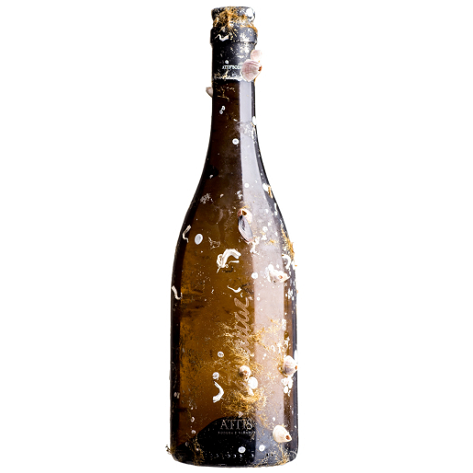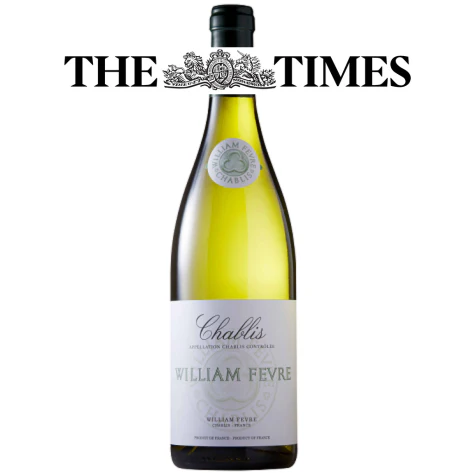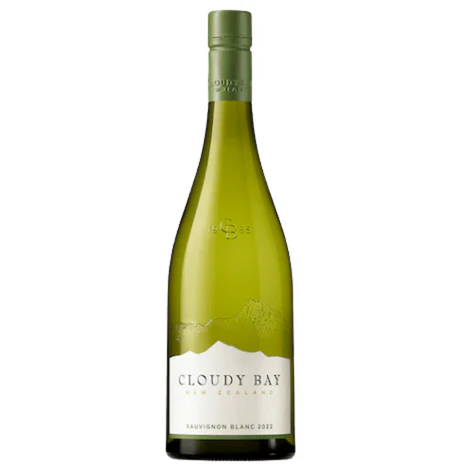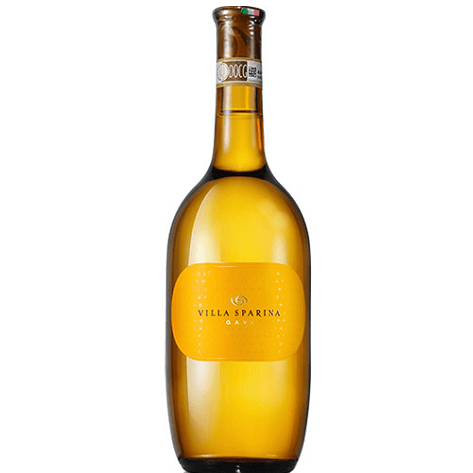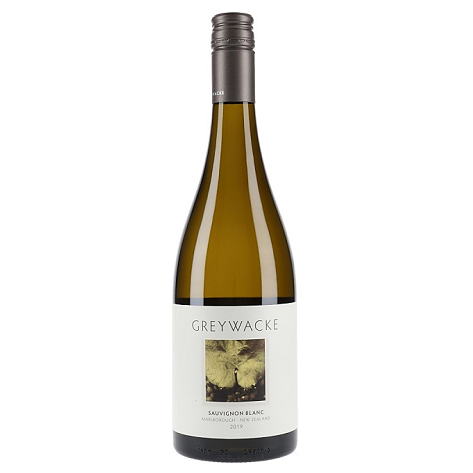Albariño Attis Mar 2021
£99.95 per bottle
ABV 12.5%
Tasting Notes
This delightfully fresh Albariño shows the classic characters yet with a twist from spending time below the sea. It has clean and intense straw-yellow colour on appearance, and a bright acidity with a full and textured body. This elegant and complex palate has notes of grapefruit and stone fruits complemented by creamy buttery flavours and a salty finish. The unique method of ageing under the sea retains the freshness by avoiding oxidation and allowing potential to age for a long time.
Food
A friend to all things from the sea, Albariño pairs exceptionally well with prawns, scallops, shellfish, lobster, and mussels. It also suits meats as well as leafy green herbs and makes a delicious digestif.
Region
The Galicia region sits on Spain’s estuary ridden northwest Atlantic coast. This coastal region is wet, yet it is where the fashionable Albariño grape variety thrives on the granite soils. In the south, the Rias Baixas, which means `lower inlets’, supports vines trained high on pergolas in order to keep them well aired from the damp climate, producing fresh, elegant and aromatic wines. The Godello variety is most happy in the relatively warmer and drier valley of Valdeorras, crossed by the river Sil, which is located inland, on the eastern limit of Galicia. Godello’s bunches are compact with smallish and yields are relatively low, which probably contributed to the variety`s near abandonment in the past.
Producer
Founded in 2000 by the Farina family, Attis have 12.3 acres of vineyards planted with Albarino vines ranging from 5 to 50 years. Robustiano Farina provides years of experience to support his sons Baldomero and Robustiano Jr. in their management of the vineyard, winery and business operations. In 2011, they invested in a new, modern winery and hired Jean-Francois Hebrard for technical advice and ecological cultivation in the vineyards. This came to fruition for the 2012 vintage, encompassing all aspect of winemaking; spontaneous fermentation, ageing on the lees and a reduction in their use of sulphur.


